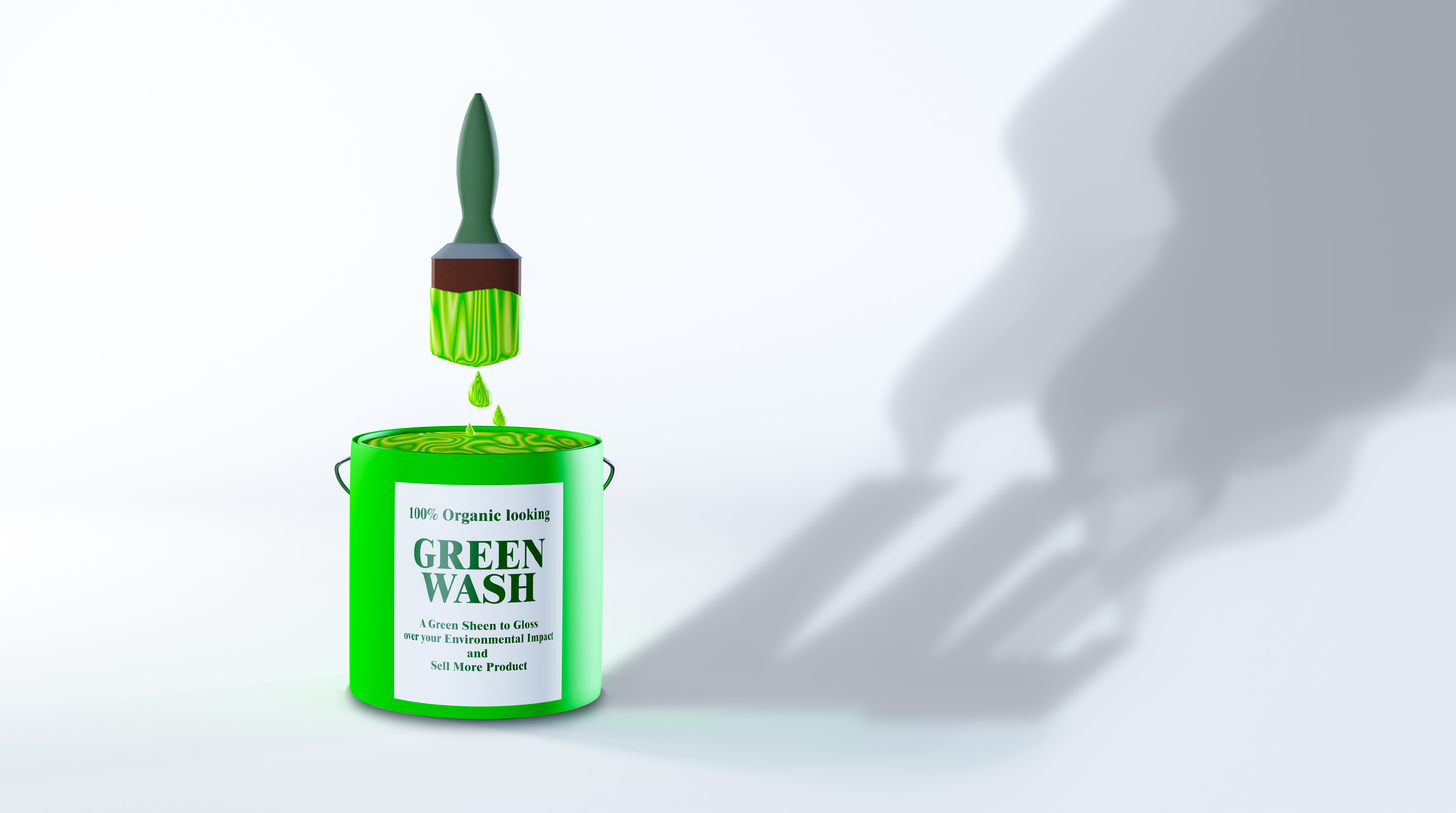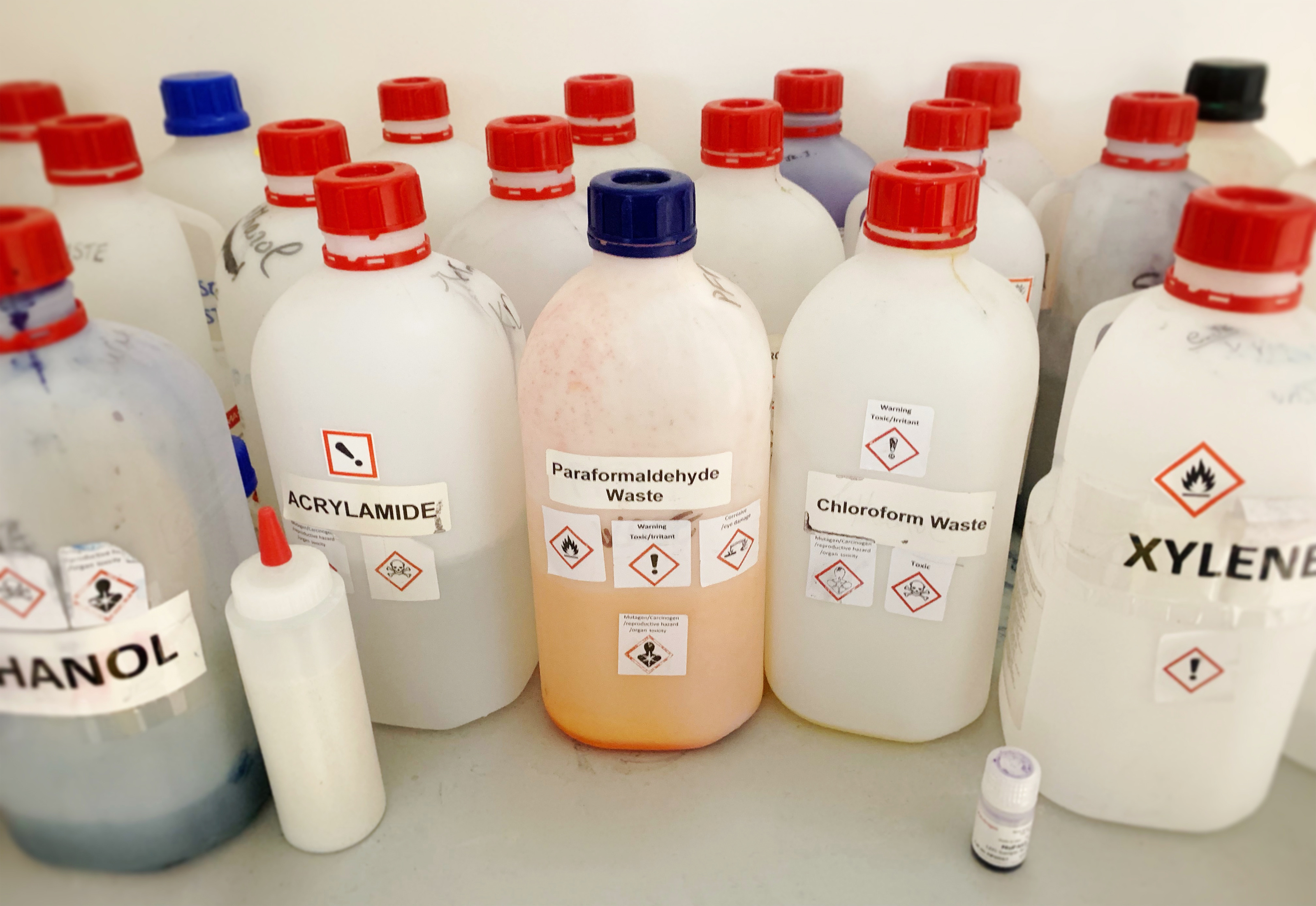15th Jul 2024
The Finishers & Specifiers Handbook of: Coating Material Ingredient Toxicity & Environmental Hazards - An Excerpt
What follows is an excerpt from the Odie's Finishers & Specifiers Handbook:
Preface
This handbook was created with the help of research into the SDS sheets of the finishing products being offered to the public and professionals. The handbook includes an introduction, a brief general discussion of the coatings industry product profiles, a list of dangerous ingredients in finish coatings, and ChatGPT AI’s overview of their health and environmental risk factors.
This book is meant to inform consumers, specifiers, and tradesmen and increase their awareness of the hazards of the many finish products offered in the marketplace and ultimately enable them to make better choices in finishing products.
Introduction
 The coatings industry has been notoriously complicit in damaging human and environmental health. From polyurethane coatings on exterior log cabins that are typically built in environmentally sensitive locations to the poisoning of tradesmen and consumers applying these and similar finishes on everything from furniture, posts, and beams to cabinets, countertops, and wood floors to the spontaneous fires that sometimes occur when such materials are being applied. The biggest factor in the health impacts and damages to consumers, tradesmen, women, and the environment can be largely attributed to a lack of awareness of the dangers of the ingredients that make up these very coating products. “Choose wisely” should be the motto for anyone considering using any coatings product.
The coatings industry has been notoriously complicit in damaging human and environmental health. From polyurethane coatings on exterior log cabins that are typically built in environmentally sensitive locations to the poisoning of tradesmen and consumers applying these and similar finishes on everything from furniture, posts, and beams to cabinets, countertops, and wood floors to the spontaneous fires that sometimes occur when such materials are being applied. The biggest factor in the health impacts and damages to consumers, tradesmen, women, and the environment can be largely attributed to a lack of awareness of the dangers of the ingredients that make up these very coating products. “Choose wisely” should be the motto for anyone considering using any coatings product.
Conventional floor finishes in residential and commercial settings pose several specific health hazards due to the combination of toxic chemicals and environmental factors involved. Additionally, the presence of various toxic chemicals in floor finishes can lead to respiratory illnesses and sick building syndrome, exacerbated by decreased ventilation and the increasing variety of indoor materials. These finishes often contain compounds that can cause skin and eye irritation, breathing difficulties, and headaches, with long-term exposure potentially leading to chronic illnesses [1].

While cans and containers can carry badges and declarations of “low-VOC,” “no-VOC,” or Green Certified and similar marketing ploys, the truth of safety lies in the chemical components listed in the Safety Data Sheets (SDS or MSDS sheets). VOCs are a pretty good indicator because if you can smell something noxious, it's a tip-off that it is noxious. However, not all VOCs are toxic; flowers and essential oils, for example, can have health-promoting VOCs. The removal or reduction of VOCs from noxious chemicals does not completely eliminate their toxicity. Hence, de-aromatized ingredients do not directly address their overall toxicity, which may include genetic and chromosomal damage. Unfortunately, lobbies have convinced regulators to focus mostly on VOC’s when reviewing the safety and suitability of wood finishes while manufacturers are compelled to consider the individual components of their formulations when preparing SDS sheets.
SDS sheets are usually available on the manufacturer’s website. Still, sometimes the ingredients are hidden from the public or obfuscated by exemption codes, often resulting from the chemical industry lobbying regulators for maximum/minimum thresholds and declaration requirements. SDS sheets require only acute toxicity (read immediate toxicity) to be declared, while delayed reactions and their resultant causality in future diseases need not be mentioned. Hence, reading a Safety Data Sheet requires not only some patience but also, often, some level of technical prowess, as code numbers, EPA-acceptable thresholds, and other technicalities can mask ingredient safety issues.
Specifiers, tradesmen, and consumers should be aware that there are better and far safer alternatives to the product options and coating paradigms presented by the chemical industry, which has repeatedly demonstrated that profiteering is valued over the health and well-being of users and the environment. Unfortunately, since our world is largely driven by money and profits, there are far fewer viable alternatives offered in the market than ideally should be. In addition, the film-forming finish modality is designed for planned obsolescence, releasing their often toxin-laden material into the environment while requiring sanding and/or stripping and reapplying.
There are a few clean ingredient products on the market, nearly all of them natural oils. Still, most oil natural finishes lack some higher levels of technical development, making them significantly less durable than Odie’s Oil which stands out among the crowd as the best alternative finishing product line, representing an entirely new and natural paradigm of Structural Oil Finish™ that is truly durable, protective, beautifying, safe, 100% toxin-free, and can be reapplied without any preparation other than simple cleaning of the surface if very dirty.
General Discussion
It seems that many finishes are deficient and wanting in virtues, durability, and protection, and hence, the notion has arisen that there is perhaps a need for an additional top coat of an entirely different product, suggesting a protective shell in addition to the finish layers underneath. While the logic is frankly laughable, the SDS sheets reveal the dark facts about these top-coat products. Shockingly, but not surprisingly, they are persistent environmental toxins, and are directly toxic to humans, terrestrial animals, fish, and even trees. If you feel your finish needs to have another coating on top, like a “nano-coat,” then you are using the wrong finish in the first place. The very fact that anyone believes that there is an opportunity in the market for a finish topper is a testament to the fact that the finishes being used to treat wood or other surfaces in the first place are significantly deficient.

Furthermore, if the nano-top coat or protective finish itself needs to be reapplied annually or at some similar interval, that is proof of the ridiculousness and weakness of the topper coat. If it wears off in a year, you have to wonder, where does it go? Considering the toxicity of the chemicals and compounds that these finishes contain, it then becomes obvious that those toxic ingredients are transferring from the surface to you, your family, colleagues, patrons, and pets, i.e. to your skin, your food, your home or office - it has to go somewhere if it wears off.
Polyurethanes are, by definition, plastic-like coatings, materials, and foams that contain isocyanates. Without them, they would not be able to make a plastic-like product. Varnishes also require certain chemistry, including chemical solvents to perform as intended. The go-to solvents that the coating industry most often chooses as essential finish ingredients are usually derived from petroleum processing products.
The classes of various finish coatings, from the new nano-materials to the old standard varnishes and polyurethanes, whether waterborne or oil-based, are riddled with a long and growing list of toxic, hazardous, and otherwise unsustainable ingredients. These finish form a separate layer atop the surfaces that they are applied to, this implies a separation between the two materials (the substrate and the finish) which is a weak link that will eventually fail, releasing the finish material and its toxic payload into the immediate environment. In outdoor applications that includes release into the soil and groundwater or potentially (as in the case of forever chemicals such as have been found in Teflon® coatings) the aquifer beneath.This enhances the likelihood that finish product toxins will enter the food chain and further contaminate the planet and all living things as in the case of PFOAs.
We asked ChatGPT to “List all of the toxic chemical ingredients found in chemical finish coating products,” and they provided this. Afterward, we prepared our own list by reviewing a selection of SDS sheets of finishing products on the market. Then, we asked the AI to provide a brief synopsis of each. What follows the list below, are the words of ChatCPT.
 Beware of finishes containing any of the following ingredients:
Beware of finishes containing any of the following ingredients:
Acrylates
Acrylamide
Acetone
Benzene
Ethylbenzene
Benzene Derivatives
Crystalline silica
Formaldehyde
Methanol
Phenol
Isocyanate
d-Isocyanate
Methylene diphenyl diisocyanate (MDI)
Toluene diisocyanate (TDI)
Toluene
Xylene
Chlorinated Solvents
Glycol ethers
Ethylene glycol monomethyl ether (EGME)
Ethylene glycol monoethyl ether (EGEE)
Polysiloxane resin
Hexamethylene diisocyanate (HDI) oligomers
1,6-diisocyanatohexane
Mineral Spirits aka Stoddard Solvent
Hydro-treated light petroleum distillates (HLPDs)
Methylene chloride
Polybrominated diphenyl ethers (PBDEs)
Perfluoroalkyl substances (PFAS)
Perfluorooctanoic acid (PFOA)
Naphtha
Octamethylcyclotetrasiloxane (D4)
Phthalates
Diethyl phthalate (DEP)
Dibutyl phthalate
Aminofunctional silicone fluids, also known as amino silicones or aminoalkyl silicones
Styrene
Trichloroethylene (TCE)
Nano-graphene
2-Butanone oxime, also known as methyl ethyl ketoxime (MEKO)
Solvent naphtha (petroleum), medium aliphatic, or medium aliphatic solvent naphtha
2-Ethylhexanoic acid, manganese salt
Dipropylene glycol monomethyl ether (DPM)
Hexanedioic acid, dihydrazide (HDDA)
Trichloroethylene (TCE)
Chemical finish coating products often contain a variety of toxic ingredients, each with its own potential health and environmental risks. Click the link below to read the Handbook in its entirety:
The Finishers & Specifiers Handbook page link
Conclusion
It is quite clear that the situation in the finish coating industry (and finish coating is on almost everything) is dire and scandalous. So what can you do about it? Don’t support those who consider you disposable; buy from companies that genuinely care about your health and safety. Odie’s Oil delivers maximum performance while elevating safety, health, and well-being to the top of the value chart.



